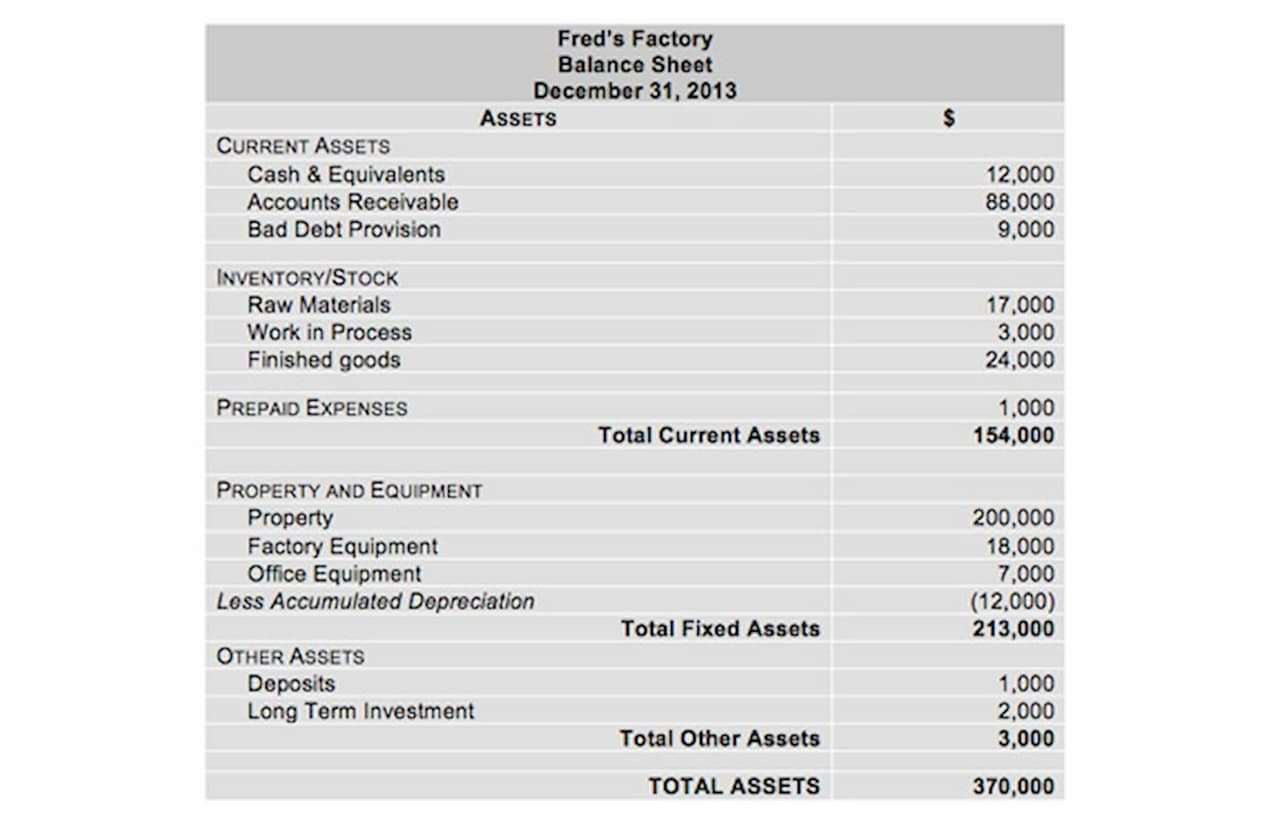What is Fund Accounting: A Comprehensive Guide for Nonprofits

Additionally, it simplifies compliance with government bodies and tracks restricted and unrestricted funds effectively. In this method, a fund consists of a self-balancing set of accounts and each are reported as either unrestricted, temporarily restricted or permanently restricted based on the provider-imposed restrictions. Additionally, traditional accounting methods are generally subject to fewer regulatory requirements than fund accounting. Fund accountants work for nonprofits, governments, or churches, helping them manage their day-to-day bookkeeping operations. They may also provide tax and accounting services, assisting organizations in preparing financial reports for the IRS and making better decisions for their future work. Fund accountants can also refer to accountants responsible for managing mutual and institutional funds.
- Each fund acts as a separate entity, with its own budget and financial statements.
- The revenue and expenses accounts show how the resources are allocated and used.
- Hence the main focus is to track and validate the various uses of the funds available to the entity.
- These funds can only be used as per donor stipulations and are recognized as income once those conditions are fulfilled.
- A GIGO example is, if they enter a transaction for an expense and code it to the Youth fund instead of the General fund, then the reports for both funds would be incorrect.
- Government entities, including federal, state, and local bodies, rely on fund accounting to allocate taxpayer money and track spending for various projects, programs, and services.
Step 4: Generating financial reports

The necessity of a solid understanding of fund accounting varies greatly among these groups. Those who repeat the mantra “accounting is black-and-white” are wrong because not all accounting is the same. This is because the financial goals change per industry and therefore the management of those finances will also change. Fund accounting is built on several key components that help ensure its accuracy and reliability. These components include investment valuation, capital accounts, expense allocation, and the distribution waterfall.
Types of Funds in Nonprofit Accounting
To illustrate how each fund has its own set of financial statements, here is a sample balance sheet and statement of activities separated by fund for a hypothetical nonprofit. The next step in the fund accounting process is to record transactions. This involves tracking investments, capital calls, distributions, and other financial transactions. The accuracy of these records is critical to the success of a private equity fund. Traditional accounting methods are designed to meet the needs of a wide range of stakeholders, including shareholders, creditors, and regulators.
Church members and fund accounting
This accounting system helps them demonstrate a more significant fiscal responsibility to their resource providers. Fund accounting is a specialized method of accounting used by nonprofits, charitable organizations, religious groups, and government entities to manage and track financial resources. It’s hard to turn away money, but think things through before accepting restricted funds if you’re a small organization. You must be 100% confident that your nonprofit has the proper fund accounting, controls and oversight to guarantee the money is spent properly. Some organizations may not have any restricted funds, but all must have at least one unrestricted fund — usually called a general fund. Many organizations choose to create multiple unrestricted funds to track contributions and spending for multiple goals or activities.

What is fund accounting in private equity?
- Each account has its own assets, liabilities, revenues, and expenses, as well as its own balance sheet.
- The key principles of transparency, consistency, and accountability are the foundation of effective fund accounting in private equity.
- In the world of nonprofit accounting, it’s vital to grasp the differences between various fund types.
- In this post we are gonna go over multiple facets of fund accounting.
- Below are some actionable strategies to help you implement strong fund accounting practices and ensure long-term financial health.
- The importance of understanding these key areas — ie assets, revenues, liabilities and so on, can’t be stressed enough.
The money moves in an out of these accounts, and recorded for later review. In fact, the definition for accounting is “the system of recording and summarizing business and financial transactions and analyzing, verifying, and reporting the results”. Within each of the five main areas of accounting there are specific accounts. For example, in assets you could have checking, Law Firm Accounts Receivable Management saving, or money market accounts. Revenues and expenses would of course have accounts under them as well. Another method you may have heard of is governmental accounting, which is closely related to fund accounting, but used by government entities like cities.
- Nonprofits must restrict their funding to keep track of how their monies are used based on who contributed those funds and how they were restricted.
- Fund accounting for nonprofits allows organizations to separate their resources into different categories, including unrestricted, restricted, and temporarily restricted funds.
- Deciding to implement fund accounting in your nonprofit marks a crucial step towards enhancing financial management.
- Segregating funds also ensures that organizations comply with donor restrictions, legal mandates, and regulatory requirements, promoting transparency and accountability.
- By focusing on accountability, you use resources better, maximizing the impact of every dollar.
- In addition, nonprofits have different types of financial reporting requirements than a traditional commercial entity.
- They help these businesses manage their everyday accounting tasks and prepare financial statements.
Key Principles of Fund Accounting

The university invests the principal and uses only the earnings to fund important programs, preserving the endowment for future generations. Harvard’s endowment fund is carefully managed to support scholarships, faculty salaries, and campus upkeep. This step often includes a review by stakeholders or auditors to ensure everything is in order. Compiling these complex reports manually can be Online Accounting a headache—that’s where automated tools come in. If a grant covers $20,000 of the youth program, the remaining $5,000 can be allocated from other sources. For example, one fund may be dedicated to building maintenance, while another supports outreach programs.
What is fund accounting? A complete guide to basics and best practices

This is where fund accounting comes in, allowing financial controllers of nonprofit organizations to manage and report financial resources according to their designated purposes. As discussed above, each fund is essentially its own set of books complete with assets, liabilities and a fund balance. However, it is unnecessary — as well as often creates unnecessary work — to separate each fund’s assets physically in a separate fund accounting meaning bank account. For example, cash for all funds can be kept in the same checking account and then each fund’s share of the checking account balance is tracked in the fund accounting software. Effective financial management is the backbone of a thriving nonprofit, ensuring stability, transparency, and informed decision-making. Our free courses provide in-depth knowledge on key accounting principles, budgeting strategies, and reporting requirements to help your organization thrive.
